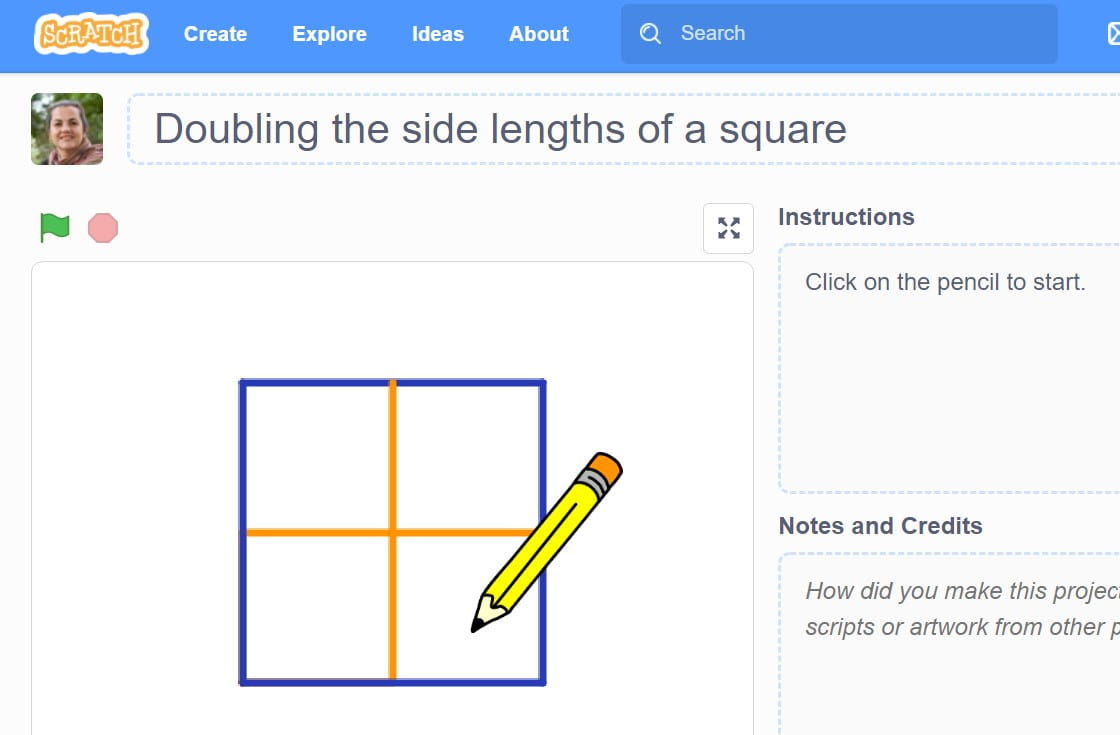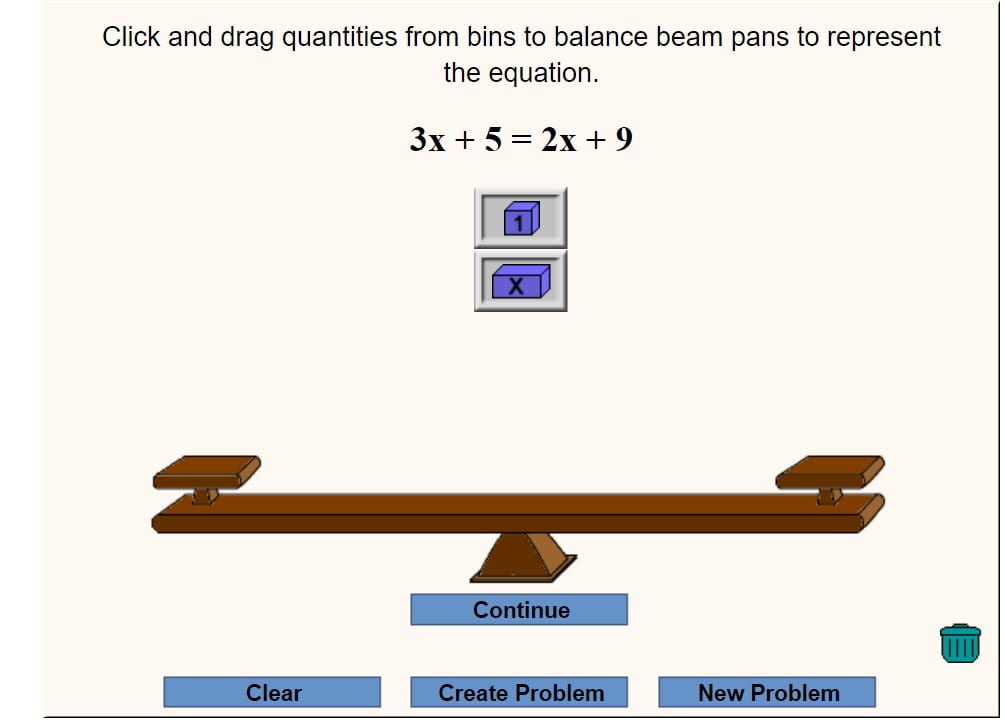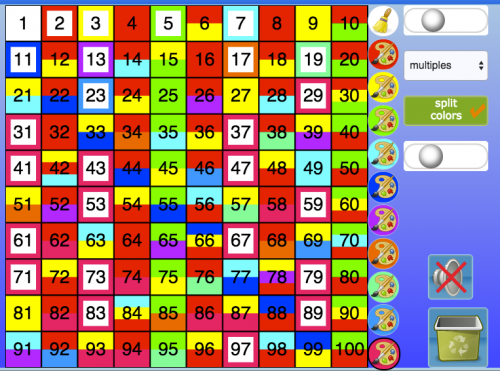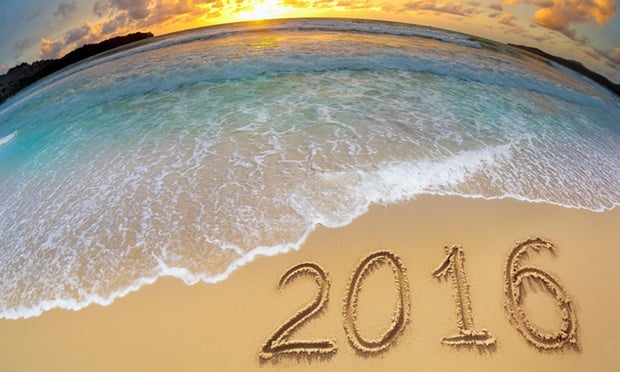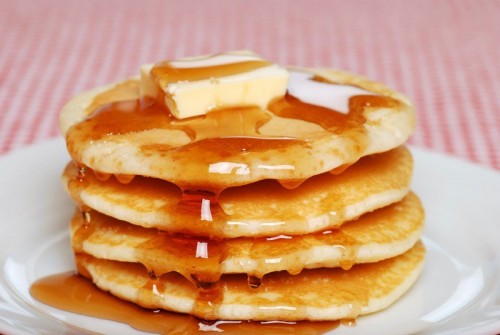
“The coordinate system we commonly use is called the Cartesian system, after the French mathematician René Descartes (1596-1650), who developed it in the 17th century. Legend has it that Descartes, who liked to stay in bed until late, was watching a fly on the ceiling from his bed. He wondered how to best describe the fly’s location and decided that one of the corners of the ceiling could be used as a reference point.” ~ https://wild.maths.org/ren%C3%A9-descartes-and-fly-ceiling
Since 1650, the Cartesian plane has been the model for almost all mapping systems and enabled a connection between algebra and geometry. Using such a coordinate system it is possible to solve geometric problems using algebra, and vice versa.
To better understand the co-ordinate plane system we are going to practice plotting points in a few different ways. Cartesian Co-ordinate Battleships is a game you can play to ‘sink’ an opponents ships, by calling out a series of cartesian co-ordinate pairs, while they try to ‘sink’ your ships.
Maths Nook has some online games to draw suprise shapes by plotting points on a cartesian plane:
https://www.mathnook.com/math2/graphing-puzzle.html
https://www.mathnook.com/math2/graphing-puzzle-2.html
https://www.mathnook.com/math2/graphing-puzzle-christmas.html
More cartesian coordinate games here: https://www.mathnook.com/math/skill/coordinategridgames.php



